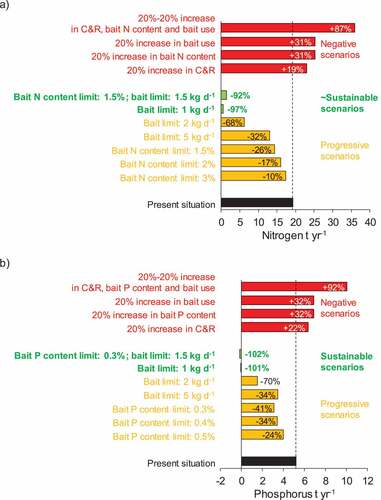Figures & data
Figure 1. Lake Balaton (46°51′00″N 17°43′12″E) and its 5775 km2 catchment area. The lake has several smaller and larger inflowing watercourses, whereas the only outflow is the Sió Canal located in the eastern basin. Anglers are fishing and using ground bait across the entire littoral zone.
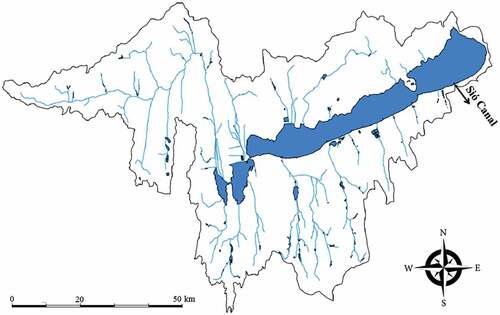
Figure 2. Ground baiting intensity distribution of recreational (a) and multi-day tournament (b) anglers in Lake Balaton. IBCC: International Balaton Carp Cup in 2020; NBBH: International Balaton Boilie Fishing Competition in 2020.
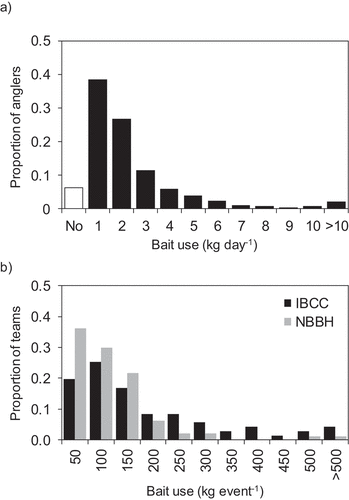
Figure 3. Annual bait use and the relative importance of the main bait types (i.e., corn, other cereals + bread, ground cereal-based mixes, boilies and pellets) in recreational (a) and multi-day carp tournament (b) fishing in Lake Balaton.
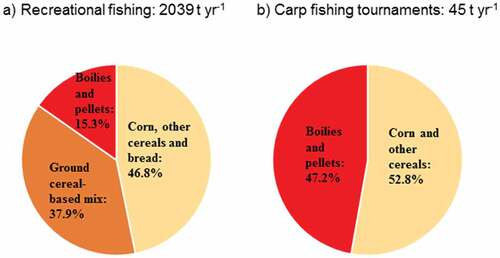
Table 1. Compositions of different types of bait materials (ground cereal-based mixes, pellets, boilies, corn, bread) used commonly by anglers in Lake Balaton.
Figure 4. Annual nitrogen (a) and phosphorus (b) balance of angling-oriented fisheries management in Lake Balaton. The nutrient balance was calculated as: net nutrient loadN,P = – catchN,P – carcass removalN,P + stockingN,P + recreational baitingN,P + tournament baitingN,P. Percentage values shown in brackets at each column represent the relative contribution of different fishing and fisheries management activities to the total annual “non-fishing” external nitrogen (a) and phosphorus (b) loads (data provided by the Central-Transdanubian Water Management Directorate of Hungary). “Catch” represents total amount of fish captured and not released back to the lake as documented in official fisheries diaries (both recreational and commercial). The dashed line at the zero level indicates the “neutral” nutrient balance of angling-oriented fisheries management, i.e., the hypothetical value where nutrient removal completely offsets nutrient loading.
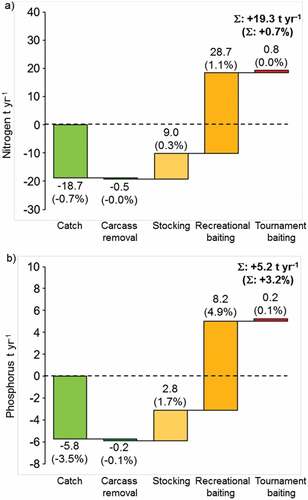
Figure 5. Examples on the possible influences of an expansion of the “catch and release” (C&R) practice and use of bait materials with increasing nitrogen and phosphorus contents, as well as expectable effects of some feasible restrictions in bait use on the nitrogen (a) and phosphorus (b) balances of angling-oriented fisheries management in Lake Balaton.
